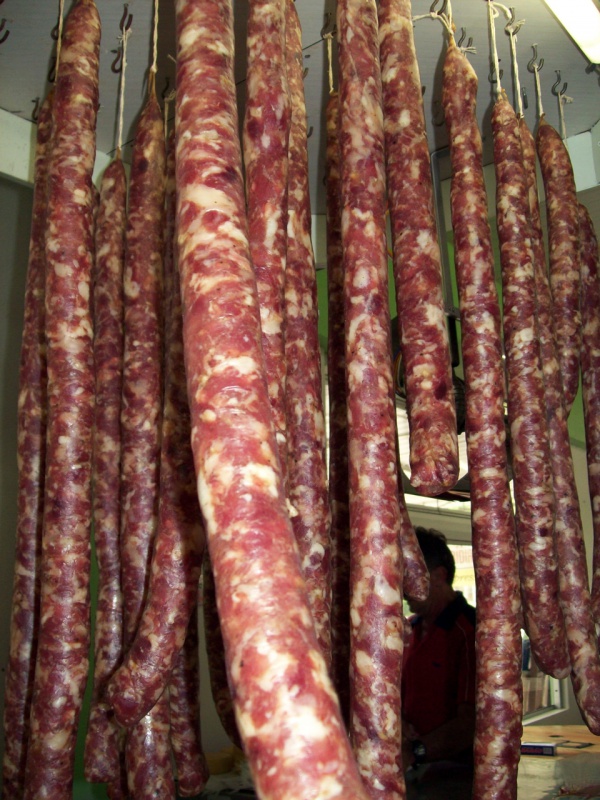Facts About Linguiça
Linguiça is a delectable smoked pork sausage, seasoned with garlic and paprika, that enjoys widespread popularity in Portugal, Brazil, and other Portuguese-speaking countries. In Brazilian and Portuguese cuisines, it is often featured in robust meals alongside rice, beans, and other pork dishes. One of its standout uses is in feijoada, a cherished traditional dish in both nations. In Brazil, a spicy variant known as linguiça calabresa is especially popular as a pizza topping.
The appeal of linguiça extends beyond Portugal and Brazil, finding favor in former Portuguese colonies such as Goa and Macau. Its versatility shines through as it is often sliced and either grilled or braised, commonly paired with a light beer. In the U.S., linguiça is prevalent in regions like California, Rhode Island, southern Massachusetts, and even features on McDonald's breakfast menus in Hawaii. In Portuguese cuisine, it plays a pivotal role in francesinha, a traditional dish from Porto, where linguiça imparts its distinctive flavor to the sauce.
In Mangalore, India, the Catholic community savors a spicier version known as Mangalorean linguiça. This variation, influenced by Goan chouriço, is infused with red chilies, peppercorns, turmeric, and salt. It is slow-cooked, often over a wood fire, which imparts a unique taste.
Linguiça is an incredibly versatile sausage that enhances a variety of dishes across different regions with its unique flavor and texture. Whether relished in a traditional feijoada or atop a pizza, it invariably adds a deliciously spicy kick to your meal.
